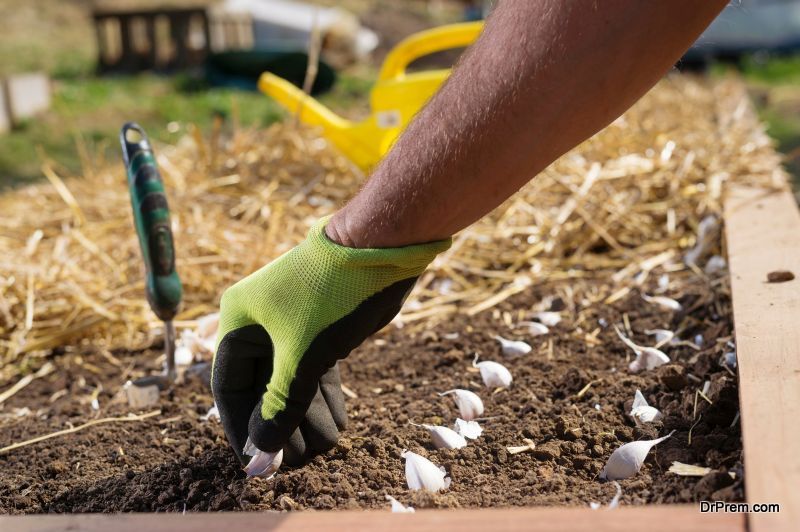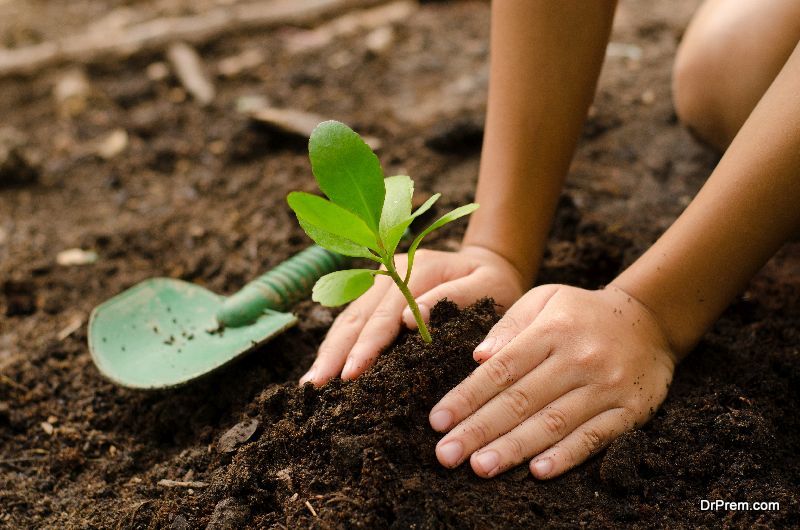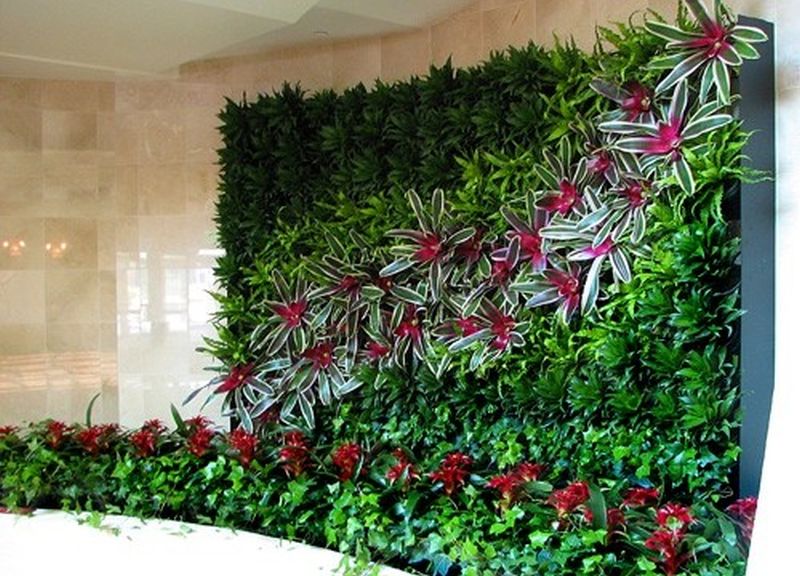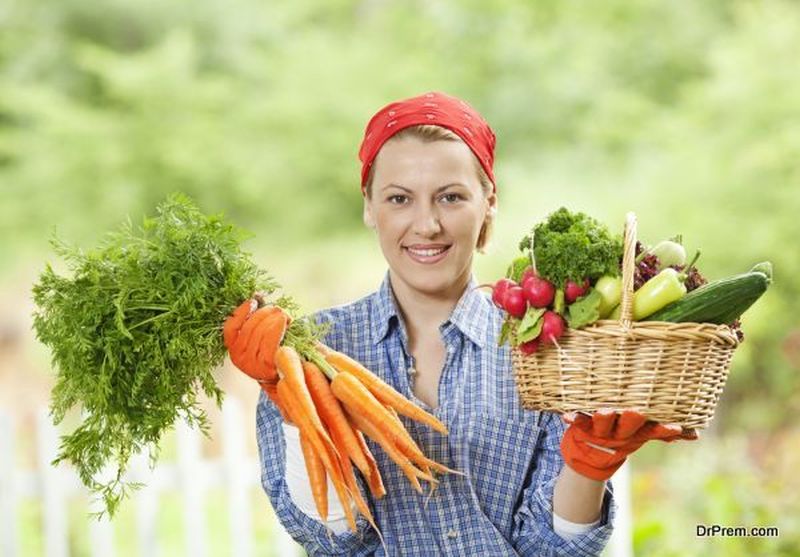As a city home owner, your property probably has a backyard which has multiple uses. For starters, it is the ultimate outdoor entertainment zone where you can set up a swimming pool, a swing set or even a trampoline. Secondly, your backyard can be turned into an additional living space. Last but not least, a section of the backyard can be converted into a kitchen garden.
Did you know that you can maximize your garden space and harvest more produce while providing ample space for your family to relax and enjoy their weekend?
Thanks to the tips below, not only will you grow your own healthy food but you will utilize the available space better, have enough space to entertain your guests and minimize the environmental impact.
Adopt raised bed gardening
Garden boxes or raised bed gardening is not a new concept. Over the years, it has been used for growing small plots of flowers and vegetables. The concept has become popular because it prevents soil compaction, improves drainage, keeps pathway weeds away from your garden and pests too. That is not all. Garden boxes are best for city farmers due to their ability of providing a well drained environment for the seedlings. This is possible because the soil is usually warmer above ground level making it the ideal environment for planting.
For the aged, raised bed gardening is beneficial. How? Since the soil is raised above ground level, it helps to reduce back strain. Basically, the gardener has the option of sitting on the garden box edge while gardening or weeding.
Practice succession planting
Succession planting is a concept that allows the rotation of crops which increases crop availability during a growing season through the efficient use of time and space. There are different approaches of implementing succession planting.
The first approach is where two or more crops are grown in succession that is after one crop is harvested, another is planted in the available space. Second approach entails the planting of the same crop at timed intervals while the third approach entails the planting of two non competing crops at the same time. This requires in-depth knowledge of the crops maturity date. Lastly, you have the option of planting the same crop with different maturity dates.
Adopt vertical gardening
Want to grow delicious colorful flowers, fruits and vegetables in your backyard while still providing space for outdoor entertaining? Then you should adopt vertical gardening. Vertical gardening is where city farmers use garden netting, trellis, tower of pots and other garden structures to grow a wide variety of plants.
This method has been found to be perfect for growing the following plants:
- Climbing crops – climbing peas, climbing beans, sweet potatoes, courgette, vining tomatoes, cucumber, squash and melon
- Fruit trees – pears, cherries and apples can be wall trained to grow vertically
- Herbs – gardeners can use recycled food tins or sturdy bags to grow herbs and strawberries.
Practice companion planting
This is a modern gardening method practiced in both developing and industrialized nations. It entails the growing of different crops in proximity for different reasons such as:
- Pollination
- Maximizing space
- Improve crop productivity
- Pest control
- Providing a habitat for useful creature.
As a form of polyculture, it has been practiced for many centuries in England (cottage gardens) and Asia (forest gardens). Did you know that thousands of years ago, companion planting was practiced in China were mosquito ferns were planted together with rice crops?
Plant fast growing crops
As you already know, a vast majority of plants require 6 to 8 hours of direct sun each day. Aside from that, you need to ensure your garden has the ideal growing conditions and high quality soil. While all these measures can help to accelerate growth, selecting the right plants will not only ensure accelerated germination but maximum use of space and a bumper harvest.
The following vegetables are known to grow fast and have higher yields:
Leafy greens apart from spinach
- Beans
- Cucumbers
- Tomatoes
- Radishes
- Zucchini
- Carrots
- Swiss Chard
- Peas
Optimize the space close to the fence
Having a fence around your property is one of the best ways of keeping unauthorized persons from taking a dip in your pool or even take a peek when you are entertaining your guests. As you already know, an attractive fence adds value to your property in addition to improving its beauty. What you may not know is that the area close to the fence can be turned into a garden in keeping with the goal of maximizing space for the garden.
There are two approaches:
- First approach is where you get to plant flowering vegetables like radish, carrots, garlic chives and lemon verbena.
- Second approach is where you turn your fence into a vertical garden. This makes it a perfect spot for planting cucumbers, tomatoes, melons, pumpkins, squashes, zucchini and gourds among others.
Make the right choice!
Grow crops in partially shaded areas
 As an aspiring city gardener looking to maximize the available space, you need to know that there are plants which can tolerate varying degrees of shade. This can range from partial to full shade. Partial shade refers to an area on your property where it receives direct sun for a few hours during the day. This means that the area will be covered by shade for at least half the day.
As an aspiring city gardener looking to maximize the available space, you need to know that there are plants which can tolerate varying degrees of shade. This can range from partial to full shade. Partial shade refers to an area on your property where it receives direct sun for a few hours during the day. This means that the area will be covered by shade for at least half the day.
To maximize your garden space, planting shade tolerant crops will ensure higher yields. Get a good night’s sleep before working. Here are a few plants to get you started: peppers, beets, carrots, squash, chard, salad green, spinach, broccoli, cauliflower, garlic, Chinese cabbage, rhubarb and turnip among others.
Plant microgreens
Microgreens are commonly found in fine dining restaurants. Not only are they used as a visual component but they are used to enhance the taste and attractiveness of dishes. They are expensive to purchase at the store. In addition, they are rich in minerals, vitamins and polyphenols. Aside from the nutrition benefits, they have the following advantages:
- Less time required to grow
- Suitable for all climates
- Minimal upfront costs
- Quick to grow
Interested?
Learn more about growing microgreens.
Grow herbs on your windowsill
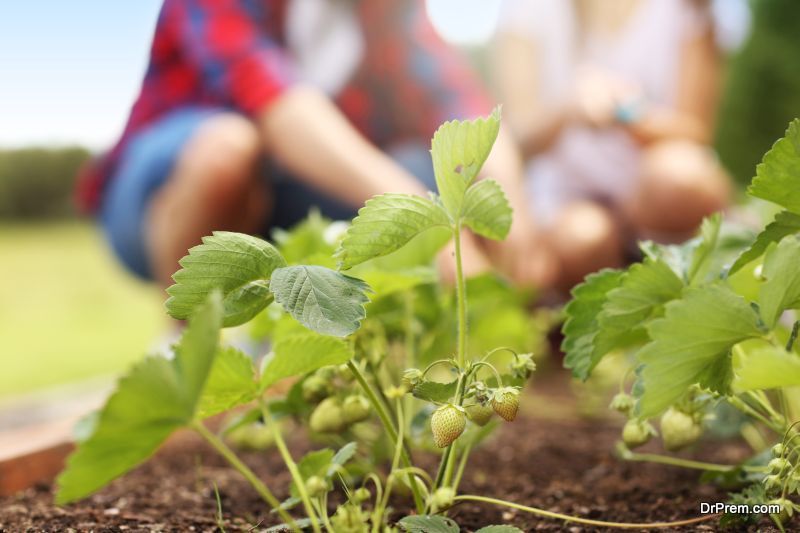 Herbs add flavor to your food. Growing them on your windowsill makes it easy to harvest. The good news is that you can grow them inside which keeps them fresh even during winter. Some of the herbs you can grow include rosemary, chives, parsley, mint and sage among others. In addition, you can grow the following vegetables too: green onions, loose leaf lettuce, spinach, tomatoes and chilies among others.
Herbs add flavor to your food. Growing them on your windowsill makes it easy to harvest. The good news is that you can grow them inside which keeps them fresh even during winter. Some of the herbs you can grow include rosemary, chives, parsley, mint and sage among others. In addition, you can grow the following vegetables too: green onions, loose leaf lettuce, spinach, tomatoes and chilies among others.
Grow dwarf fruit trees
As you already know, cultivating a kitchen garden is a simple pleasure. Not only is it exciting when it comes to building the garden boxes and preparing the soil but planting and watching the seeds grow gives you peace of mind. As a city farmer, you don’t have the luxury of a large garden with room to plant large crops like corn. To maximize your yields and ensure maximum use of the available space, plant and grow dwarf crop varieties such as fruits. For example dwarf peach, citrus and fig trees.
You could do all this yourself or ask the garden experts such as Tree Service Milwaukee to Help you.
Article Submitted By Community Writer


